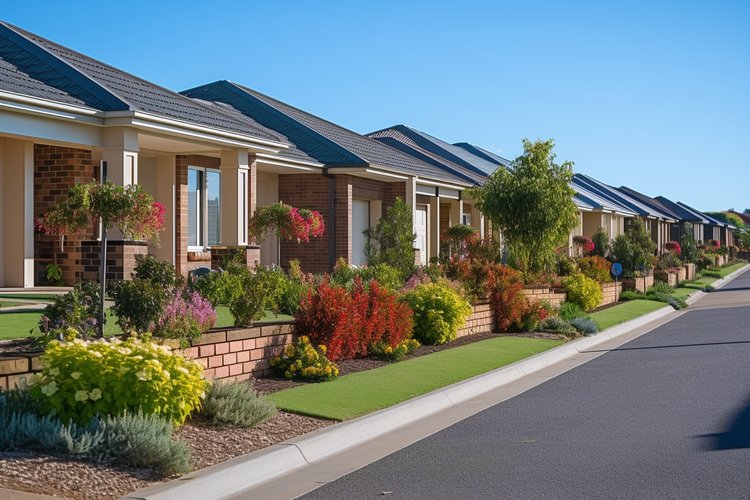The Shift Towards Micro-Units: A New Era of Urban Living
As urban centers continue to attract a growing population, a new trend is emerging in real estate: the rise of micro-units. These compact living spaces are redefining the urban housing market, offering a modern solution to the challenges of space and affordability.

The Emergence of Micro-Units
Micro-units, also known as micro-apartments or micro-flats, are small residential units typically ranging in size from 200 to 400 square feet. While compact living is not a new concept, the modern micro-unit trend emerged in the early 2000s in densely populated cities such as New York, San Francisco, and Seattle. Faced with a growing population, rising housing costs, and limited space, developers began to experiment with smaller, more efficient living spaces.
Understanding the Appeal of Micro-Units
The appeal of micro-units lies in their affordability and location. They are often located in desirable urban areas, close to job markets, public transportation, and city amenities. Despite their small size, micro-units are typically designed with efficient space-saving features, such as built-in storage, convertible furniture, and multi-functional spaces. For many urban dwellers—particularly singles, students, and young professionals—micro-units offer an affordable entry point into high-cost housing markets.
The Impact of Micro-Units on the Real Estate Market
Micro-units are influencing the real estate market in several ways. They are increasing housing density, allowing more people to live in desirable urban locations. They are also encouraging innovation in housing design, with architects and developers finding creative ways to maximize space and functionality. Additionally, they are shifting consumer expectations and preferences, with many people opting for smaller, more affordable homes in prime locations over larger, more expensive properties in outlying areas.
Advantages and Challenges of Micro-Units
Micro-units offer several advantages. For developers, they represent a profitable use of limited urban space. For city officials, they can help to address housing shortages and affordability issues. For residents, they offer an affordable, centrally-located housing option.
However, micro-units also present challenges. Critics argue that they can contribute to overcrowding and strain on city infrastructure. There are also concerns about living standards and quality of life in such small spaces.
Conclusion
As urban centers continue to grow, the trend towards micro-units shows no signs of slowing down. It’s an innovative solution to the challenges of urban housing, reshaping our understanding of what home can be. As with any real estate trend, it’s important for investors, developers, and residents to understand the implications of this shift and to navigate it with informed decision-making.




